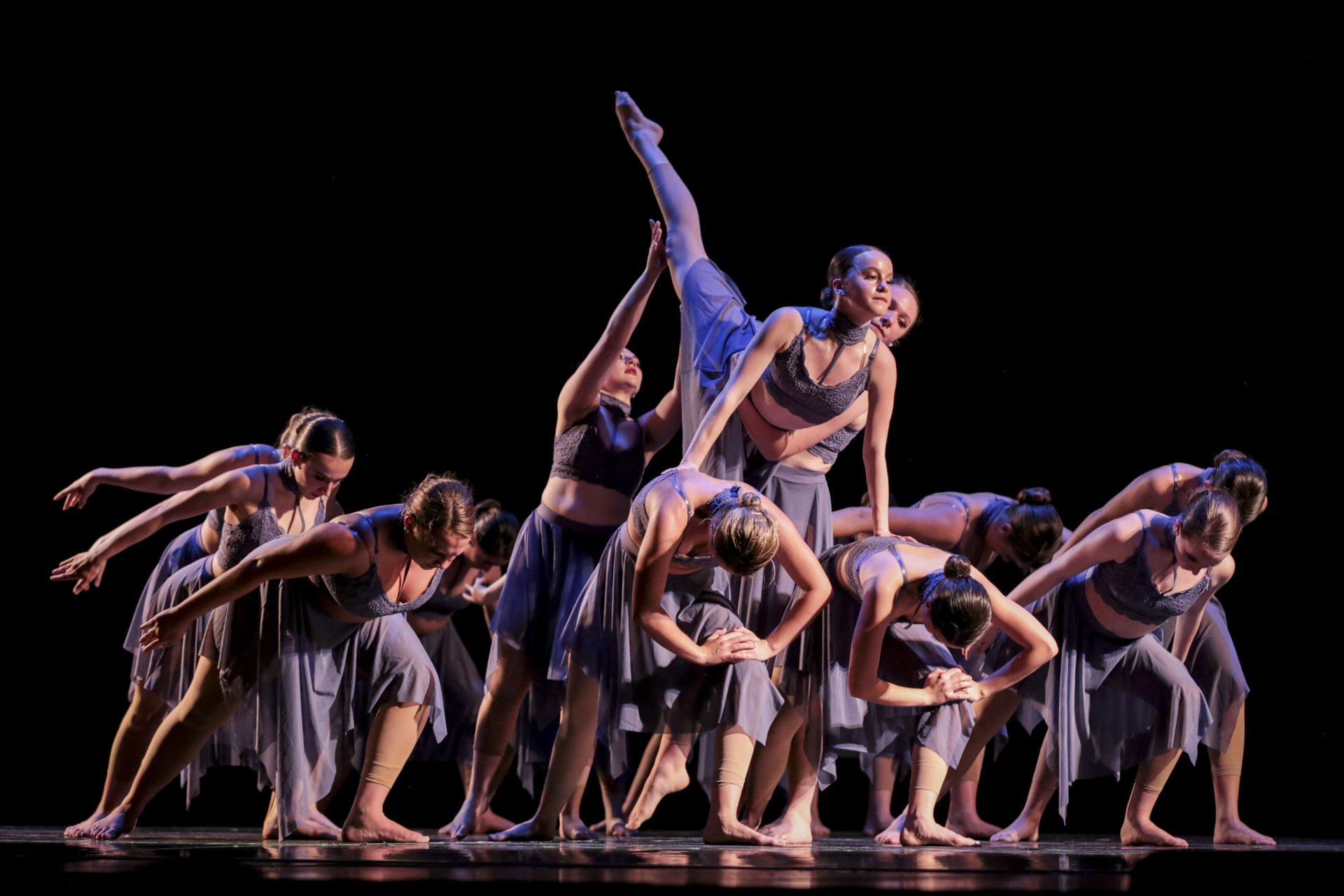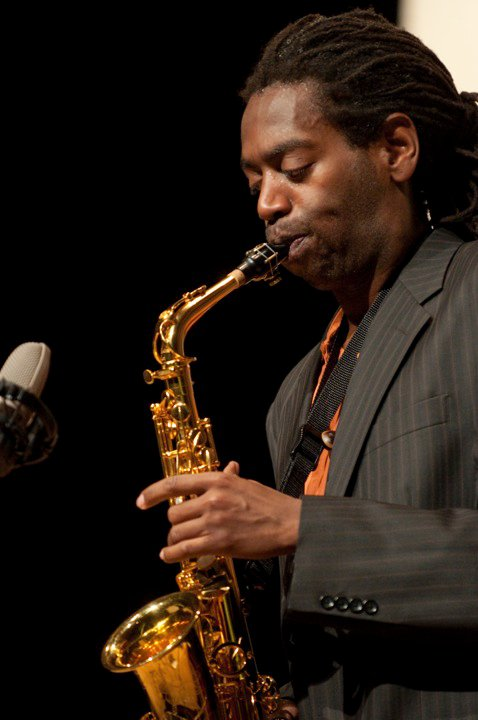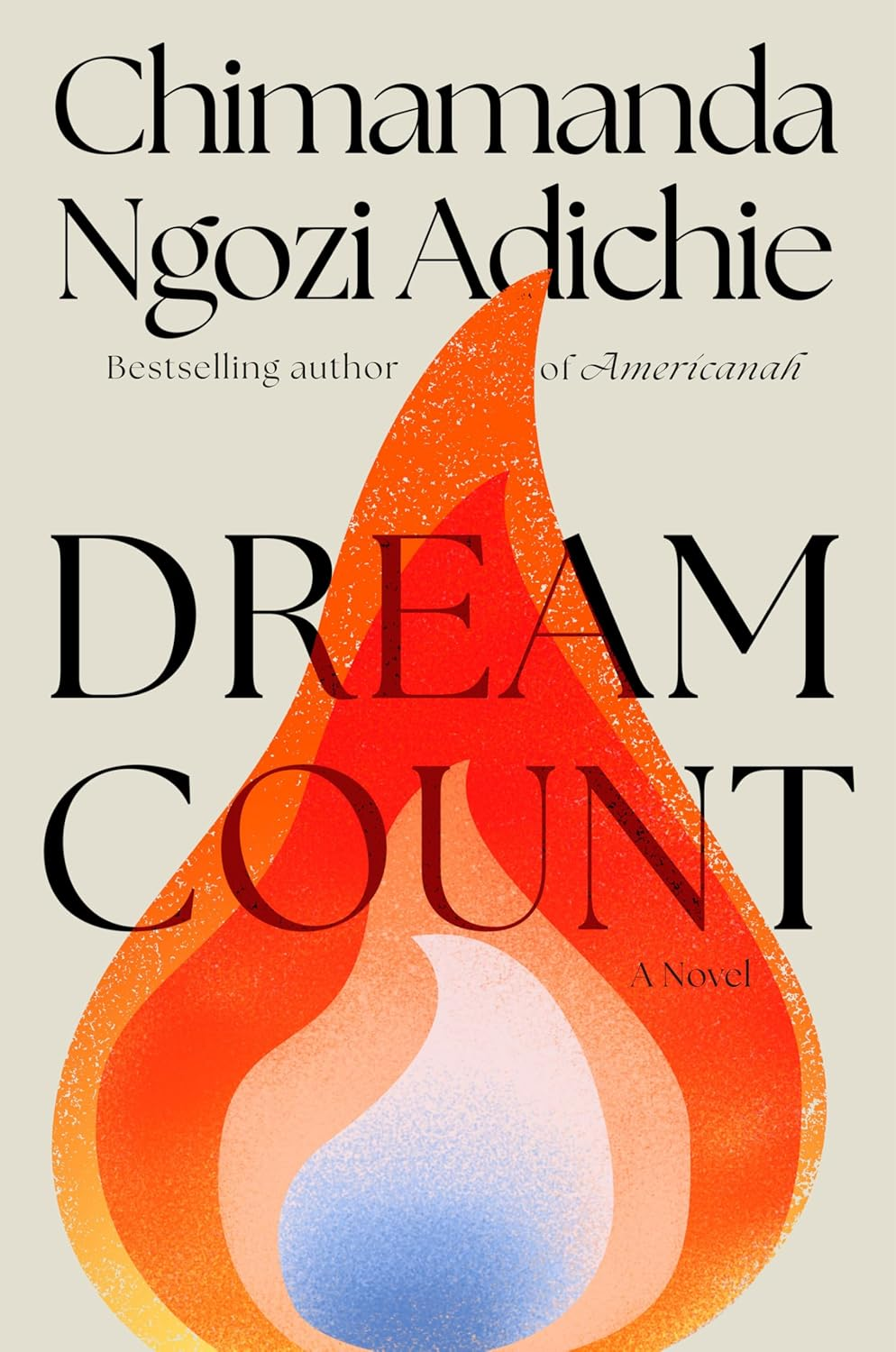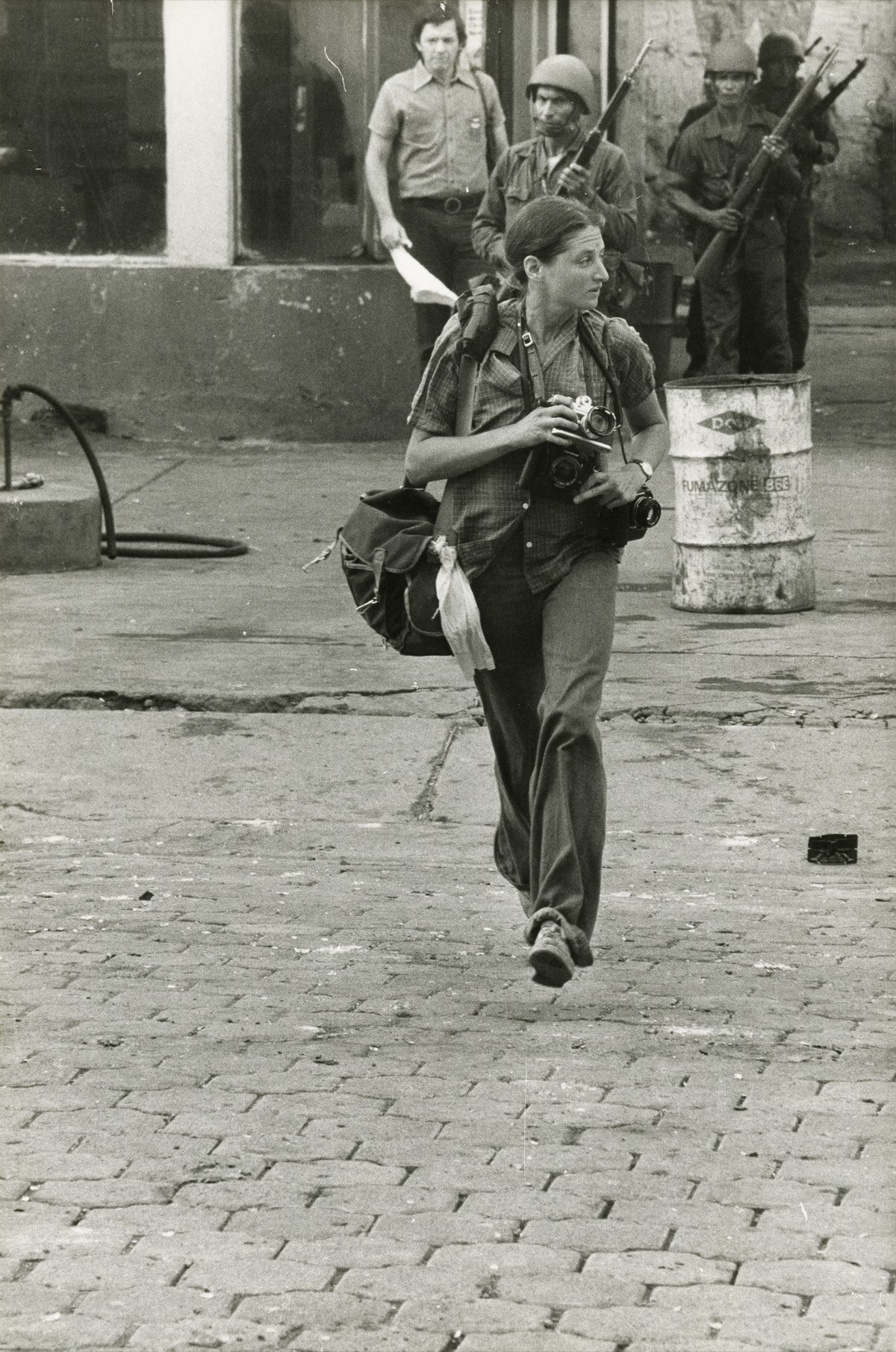Dance expression tips are vital for anyone looking to convey emotions through movement. Dance is more than just a physical act; it’s an art form that allows for creative storytelling and emotional release. By embracing expressive dance techniques, you can connect with others on a deeper level while experiencing the freedom that comes from genuine movement. Whether you’re practicing spiritual dance or learning how to dance confidently, the key is to let go of self-consciousness and embrace the process. Remember, every step you take has the power to reflect your inner feelings and spirit.
Unlocking the true essence of dancing often requires guidance on how to express oneself creatively. Techniques that facilitate expressive movement can elevate the experience of performance, helping dancers connect with their audience in meaningful ways. Through the practice of liberating dance routines, individuals learn to embody their emotions fully, catalyzing a sense of spiritual awakening and personal freedom. Techniques that emphasize self-expression can transform the act of dancing into a joyous celebration of life, enabling participants to dance as if no one is watching, and truly express their unique narratives.
Expressive Dance: Finding Your Unique Voice
Expressive dance is a powerful form of self-expression that goes beyond mere choreography. It’s about embodying emotions and letting your body tell a story. To truly find your unique voice in expressive dance, it’s essential to connect deeply with your feelings. One way to do this is by starting with improvisation—allow yourself to move naturally, without the constraints of traditional dance techniques. This freedom allows your inner self to resonate with the music, transforming movements into a narrative that’s uniquely yours.
Moreover, engaging in expressive dance can serve as a therapeutic outlet. When you dance without judgement, you are liberated from the fear of how you may appear to others. Adopting a mindset where you allow your body to express itself freely opens avenues for creativity and emotional release. Consider the experience of rhythmic breath and feeling the beat; even simple gestures can become profound when infused with emotion. The more you dance with intention, the more authentic your expression will become.
Dance Expression Tips for Greater Confidence
When it comes to dancing confidently, one of the key dance expression tips is to embrace your individuality. Each dancer has their own story and style, influenced by their cultural, emotional, and personal experiences. To dance like someone is watching, focus on embodying your journey through movement, emphasizing what makes you different. This isn’t about perfecting your moves—it’s about showcasing who you are and what you express through your body. Remember, confidence in dance is all about authenticity rather than technical perfection.
Another vital dance expression tip involves vocalizing your experience while dancing. Sometimes, letting out a shout or a laugh, as mentioned by choreographer Jeffrey L. Page, can be the release that helps you tap into that deeper trance state reminiscent of spiritual dance practices. Incorporate your voice to enhance your presence; it acts as a bridge bringing you in touch with the dance and audience alike. This combination of sound and movement paves the way towards feeling liberated and allows your dance to freedom to shine.
The Spiritual Aspect of Dance and Freedom
Dance is often described as a spiritual practice, particularly in cultural traditions that emphasize its transformative power. The practice of spiritual dance encourages a connection to a higher self or deeper state of consciousness. In many cultures around the world, like in Malian traditions of djine foly, dancers achieve elevated states through rhythmic movement, enabling spiritual release. This sacred connection serves as a reminder that through dance, we can tap into human experiences that transcend the physical form and dive deeper into emotional and collective narratives.
Moreover, the concept of dance as a medium of freedom is empowering. When dancers liberate themselves from societal expectations and embrace personal expression, they unlock a path toward genuine connection with their inner selves and others. This is particularly crucial for those who feel marginalized or invisible in their day-to-day lives. By using the body to communicate message of spirit and strength, each dancer contributes to a larger narrative about freedom, visibility, and the power of the human experience.
Techniques for Improving Dance Skills
Improving your dance skills doesn’t require you to have natural talent alone; dedication, practice, and understanding various dance techniques play crucial roles. Engage with diverse styles such as contemporary, hip-hop, or expressive dance to enhance your versatility. Each genre offers different aspects of movement and expression. The goal should be to explore broadly while honing your personal style; this process will enrich your performances and deepen your engagement with dance.
Additionally, consider seeking feedback from instructors or fellow dancers. Constructive criticism can offer insights that may not be visible to you during practice. Participating in workshops or classes can also introduce you to new methodologies and techniques that will aid in developing your choreography skills. As you improve, aim to fuse these techniques into an expressive form unique to yourself. Incorporating diverse influences allows you to create a more robust and personal dance language.
Overcoming Dance Anxiety
Many dancers struggle with anxiety that can hinder their performance and expressive capabilities. One key to overcoming this anxiety is to cultivate a mindset focused on the joy of movement rather than the fear of judgment. Shifting your focus from how others perceive your dance to how the dance makes you feel can revolutionize your practice. Before entering the stage, take a moment to breathe deeply and remind yourself of the joy that dancing brings, rather than the pressure of perfection.
Another effective strategy to combat dance anxiety is visualization. Before a performance or class, visualize yourself dancing seamlessly and confidently. Imagining positive outcomes can help transform anxiety into excitement; envision the audience receiving your energy rather than critiquing it. Incorporating grounding techniques, such as mindfulness and meditation, can also soothe nerves and allow dancers to feel more centered. When dancers approach their art with easiness and freedom, the anxiety diminishes, allowing their true dance expressions to flourish.
The Interplay Between Dance and Cultural Identity
Dance serves as a powerful vehicle for cultural expression, embodying traditions, stories, and collective histories. It links individuals to their heritage while allowing for personal interpretation and expression. By exploring the intersection of dance and cultural identity, dancers engage with a broader narrative about their place in the world. They can express feelings of joy, sorrow, resistance, and celebration through movements that reflect their cultural backgrounds, providing audiences with insight into their journeys.
Moreover, embracing your cultural identity in dance can also encourage others to celebrate diversity within their own practices. As each community brings its unique forms and styles, dancers shine a light on the rich tapestry of global expressions. This inclusivity can nurture dialogue among different cultures and foster respect, understanding, and connection through the art of dance, enriching the experience for both performers and observers. Recognizing dance as both an individual and collective expression amplifies its impact on society.
The Healing Power of Dance
The transformative nature of dance extends into the realm of healing, serving as an emotional release and therapeutic outlet for many individuals. Dance is not merely a physical activity but can become a mindful practice that promotes mental well-being. Engaging in movement allows individuals to process their feelings and release emotional baggage, often leading to cathartic experiences. Many therapeutic practices incorporate dance as a tool for healing, utilizing movement to foster recovery and personal growth.
Additionally, the community aspect of group dance can further enhance its healing properties. Being part of a collective movement allows individuals to feel supported and connected. Whether through a community dance class or a shared performance, these collective experiences help individuals make sense of their feelings within the safety of a group. The healing power of dance lies not only in individual expression but also in the solidarity and support found within the dance community.
Embracing Dance as a Lifestyle
Integrating dance into your everyday routine can yield countless benefits, enhancing both physical health and emotional well-being. For those striving to maintain an active lifestyle, dance provides an enjoyable alternative to traditional workouts. Whether it’s taking a dance class, joining a social dance group, or simply dancing at home, the options are limitless and they infuse your daily routine with joy and movement.
Beyond the physical aspect, embracing dance as a lifestyle encourages continued exploration and growth. It invites individuals to remain curious about their movements and to celebrate progress, no matter how subtle. In this holistic approach, dance becomes not just a performance art but a method for living fully and feeling vibrantly engaged in life. Ultimately, when you dance regularly, not only do you celebrate your individuality and freedom, but you also nourish your body and spirit.
The Role of Music in Dance Expression
Music plays a pivotal role in shaping dance expression, serving as the heartbeat that guides movement and rhythm. The connection between music and dance is inherently symbiotic; while music provides inspiration, dance translates that sound into physical expression. Understanding the nuances of various musical genres can enrich a dancer’s ability to interpret and express emotions, allowing for a deeper exploration of one’s artistic presence.
Moreover, music acts as a catalyst for emotional connection, enabling dancers to convey feelings that words often fail to capture. The intricacies of tempo, melody, and harmony can inspire spontaneous movements that reflect the underlying themes of the music. This fusion of sound and movement highlights the storyteller aspect of dance; every performance becomes an expressive dialogue between the dancer and their audience, connecting on both emotional and intellectual levels.
Frequently Asked Questions
What are some tips for dance expression to enhance my performance?
To enhance your dance expression, focus on connecting with the music and your emotions. Utilize body language to convey feelings, and practice expressive dance techniques that allow you to embody the rhythm. Remember, dance is about freedom—let go of self-consciousness and dance as if nobody’s watching.
How can I develop my dance techniques for better expression?
Improving your dance techniques involves consistent practice. Take classes in different styles, and focus on movement quality and body awareness. Explore spiritual dance practices that encourage a deeper connection with your movements. Incorporating improvisation can also help you express yourself more freely.
What role does spiritual dance play in dance expression?
Spiritual dance can significantly enhance dance expression by fostering a connection between movement and emotional release. Practices like djine foly from Malian culture embody this sense of spiritual connection, allowing dancers to enter trance-like states that promote genuine expression and joy.
How can I dance confidently in front of an audience?
To dance confidently in front of an audience, embrace the mindset that it’s about sharing joy and expression rather than seeking perfection. Focus on the message you want to convey through your dance. Confidence can be cultivated through practice, positive affirmations, and letting go of fear and judgment.
What are some expressive dance techniques to try?
Some effective expressive dance techniques include developing your own improvisational style, exploring various rhythms, and using your whole body to express emotion. Additionally, consider incorporating elements of spiritual dance that emphasize connection and freedom in movement.
How does dance relate to freedom of expression?
Dance inherently embodies freedom of expression, enabling individuals to convey emotions, tell stories, and explore identity without the constraints of language. Engaging in dance allows for personal exploration and openness, making it a powerful form of self-expression.
Why is it important to release self-judgment when dancing?
Releasing self-judgment is crucial for authentic dance expression. It allows you to connect with your inner feelings and dance with intention, rather than worry about how you look. Embrace the cathartic nature of dance to free yourself from inhibitions, enabling true expression.
| Key Point | Detail |
|---|---|
| Dance with Intention | Dance as if someone is watching; express your story through movement. |
| Trance and Spirituality | Engage in a state of trance as seen in Malian culture (djine foly); it’s a source of joy and spiritual connection. |
| Release and Freedom | Shouting and fully expressing oneself releases mental blocks and allows for true dancing. |
| Community and Visibility | Black culture emphasizes the importance of being visible and expressing oneself through dance. |
Summary
Dance expression tips encourage individuals to release their inhibitions and dance as if everyone is watching, emphasizing the importance of self-expression and joy in movement. Embracing spontaneity and spiritual practices, like the trance states of djine foly, can enhance the emotional experience of dance. By focusing on intention and connectivity with the audience, dancers can transcend the fear of judgment, transforming their movements into powerful narratives. Remember, the essence of dance lies in the joy of expression, so let go of the need to look perfect and simply dance!




